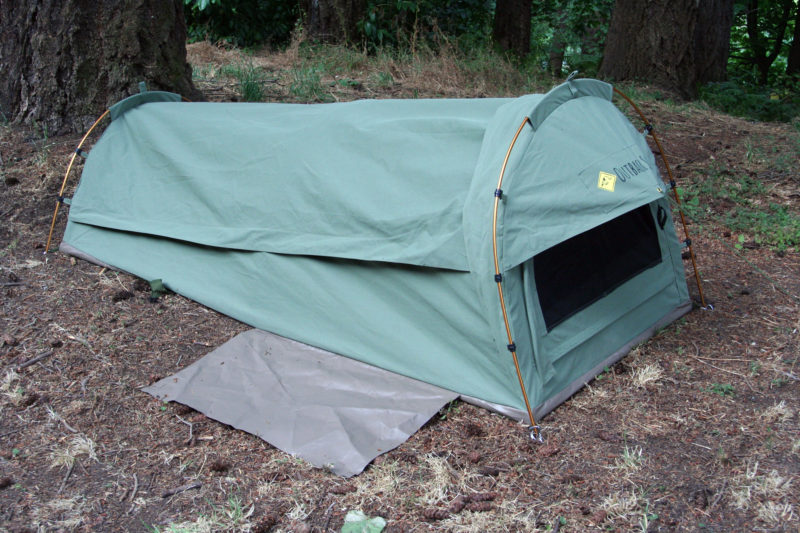 photographs by the author
photographs by the authorClosed up against rain or cold, the tent is cozy without feeling cramped. The attached flap of PVC vinyl provides a place to take shoes off to keep dirt out of the tent.
If you learned “Waltzing Matilda” in grade school you might recollect that the song is not about a dancing girl, but about a “jolly swagman camped by a billabong under the shade of a coolibah tree.” The coolibah tree is about the only thing in the song that is what it sounds like, a tree. Waltzing is Aussie slang for traveling on foot and Matlida is slang for a bedroll, or swag. The swagman was a drifter who had fallen on hard times and was looking for work. The song was written in 1895, and these days the term swag has come to mean a portable sleeping shelter falling somewhere in size between a bivibag and a tent. They’re common in Australia, and have recently crept into the North American market.
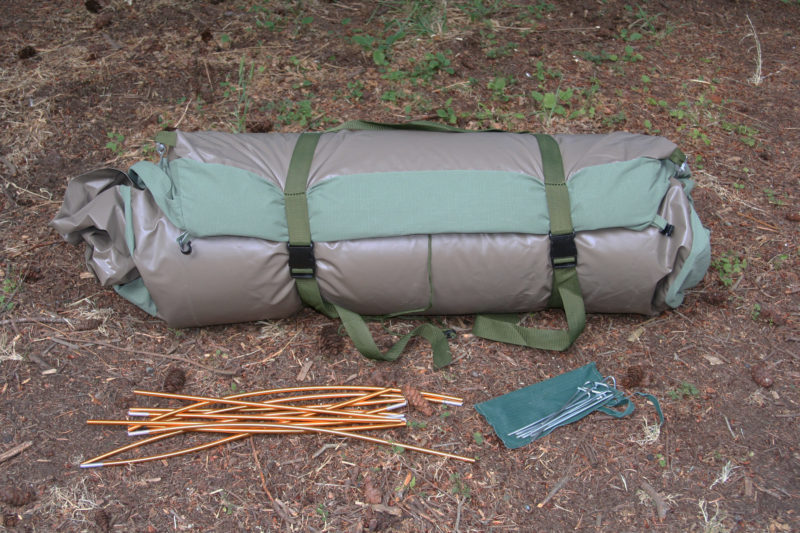
The swag has webbing and buckles to keep the tent and mattress tightly rolled up.
Like drifters, many of us who cruise in small boats need a place to sleep, and a swag tent could be an option worth considering. The Pioneer Swag Tent is made of 12-oz ripstop canvas made waterproof by its tight weave and durable water-repellent (DWR) coating. I poured a quart of water into a bowl I formed with the fabric and left it there for a couple of hours. No water seeped through, and the underside of the fabric felt dry. The rain that fell on the tent overnight beaded up and rolled off.
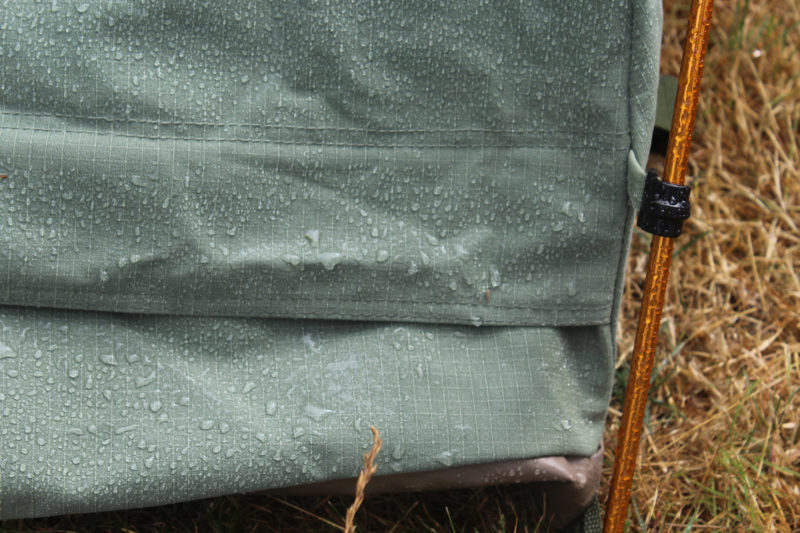
The instruction included with the swag notes: “All canvas camping equipment should be seasoned. This is when you wet the fabric to let it swell around the stitching. This will make the stitching seams waterproof.” The fabric has been treated with a waterproofing product to make rain and dew bead up and roll off.
The bathtub floor is made of coated vinyl and rises up about 1-1/2″ to meet the canvas top. An extra piece of the vinyl is sewn on to serve as a foot mat. It’s a nice touch that keeps grit out of the bed and stinky shoes out of the tent. I tucked my shoes under the mat and they stayed dry on the night it rained.
Three sectioned aluminum poles support the tent. Guy lines to two tent pegs pull the canopy tight. Another four pegs anchor the corners of the floor.
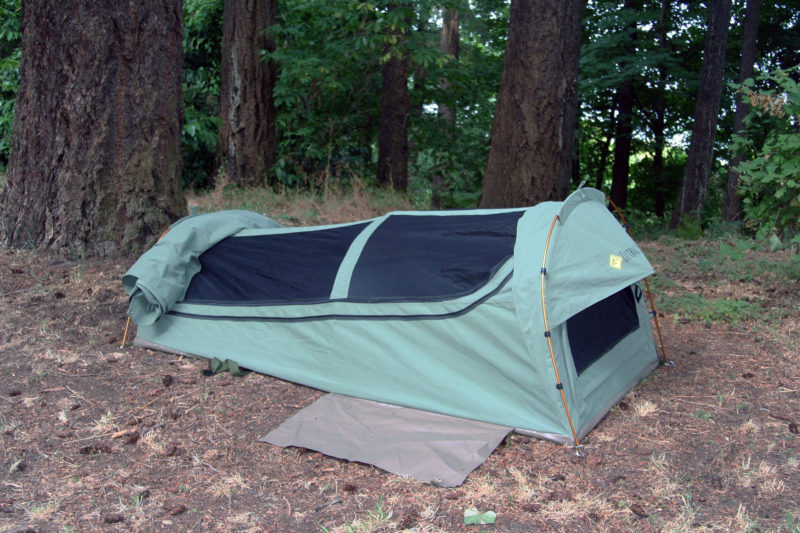
Rolling back the canvas top exposes the bug netting and allows a cooling breeze to flow through. The netting can be rolled back as well for entry and stargazing.
The top of the tent unzips and rolls back to uncover a nearly full-length bug mesh that also unzips to uncover the interior space. The head end of the tent has a doorway with a bit of an awning over it and provides another way to get into the tent. I had enough room in the tent to crawl in through the end doorway head first—easier than backing into it—and I turned around once inside. The tent is 7′ long and 3′ wide, slightly longer and narrower than an American TwinXL bed. At the head end the inside space is 31″ high, 17″ at the foot.
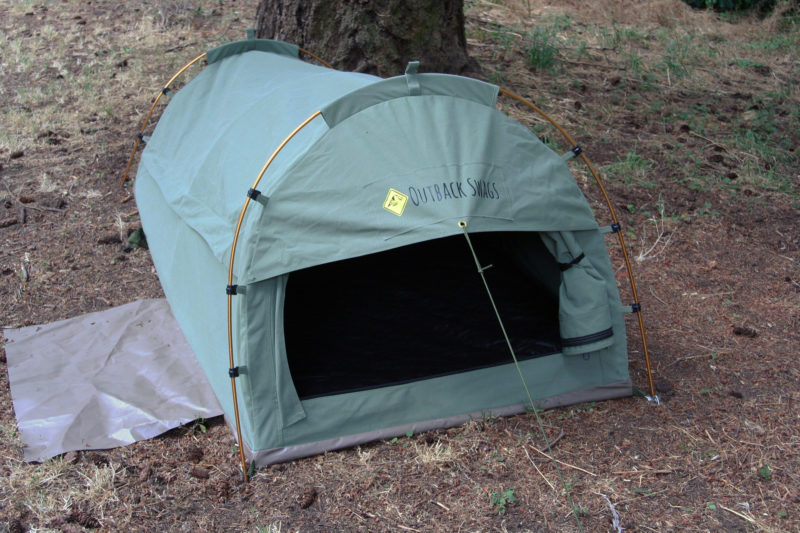
The door at the head end of the tent is rolled up to the right. The opening was a tight squeeze as an entry, but a reasonable option in a downpour. I could crawl in faster head first and then turn around inside. The guy line wasn’t a significant obstacle.
The mattress is egg-crate foam with a non-woven fabric cover, equipped with a zipper to make it removable for washing. The foam is 2” thick and surprisingly comfortable. I’m used to self-inflating sleeping pads that allow me to set a level of inflation that keeps my hips and shoulders off the ground, so with just 2” of foam, I expected to ground out and feel pressure points, but I felt evenly supported and remained comfortable through the night.
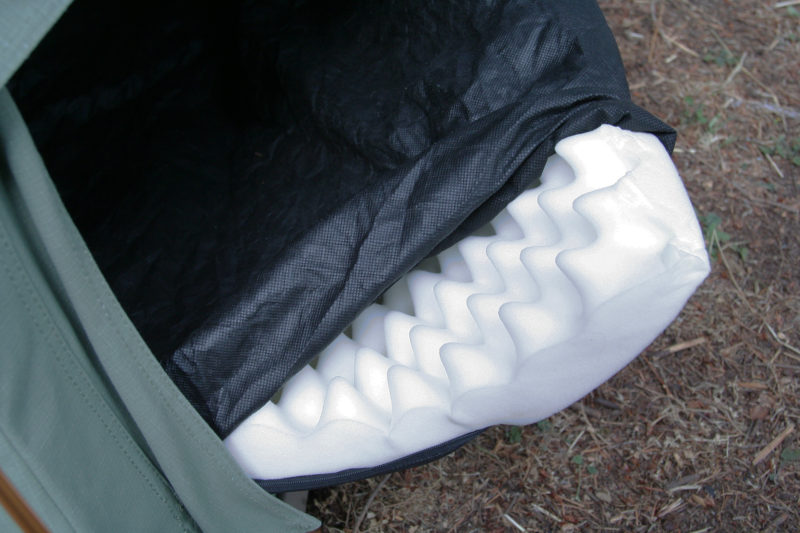
The 2″ egg-crate foam, zipped into a washable cover, is surprisingly comfortable on hard ground. I preferred having the textured side down.
There are two pockets inside the tent—one canvas and one mesh—for storage of glasses, a flashlight, and other small items. The tent comes with a zippered duffel made of the same rip-stop canvas as the tent and it’s made oversized to accommodate a sleeping bag. I’d recommend a waterproof duffel or dry bag for carrying the swag tent in an open boat to keep it fully dry and to serve as flotation.
In a timed trial, I set the swag tent up in 3 minutes and 45 seconds and then got it knocked down, rolled up with a sleeping bag and pillow in it, and zipped into the duffel in 3 minutes 47 seconds. The duffel measures 36″ x 14″ x 14″.
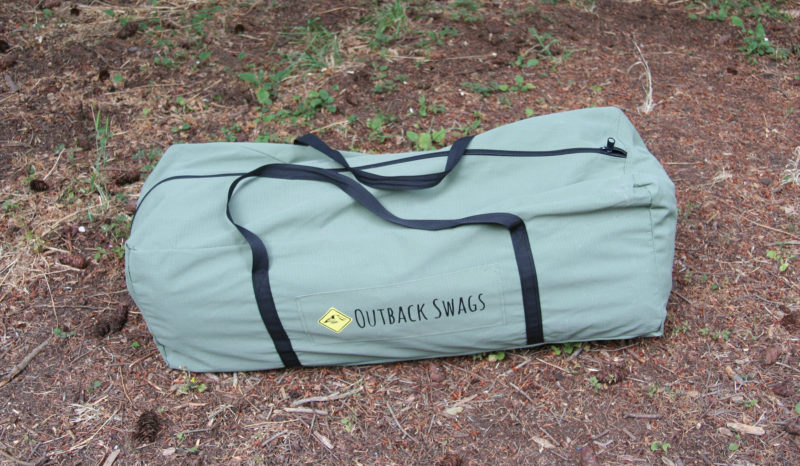
The duffel has some extra room beyond what the tent and mattress require, so the swag tent can be rolled up along a sleeping bag and pillow inside and still fit. While the duffel is bulky, it takes up as much space as the four or five separate bags the gear might ordinarily occupy.
The first two nights I slept in the Outback Swag Tent were at the end of summer days with temperatures in the high 80s. With canvas covers the top and the end unzipped, the mesh allowed a cooling breeze to make it easy to fall asleep. On the rainy night, I kept the top cover zipped up and opened the end door for fresh air. On all of the nights I slept in the swag tent, I was just as comfortable as I would have been in my bed at home and I even slept longer.
In the middle of a cool morning, with the temperature at 60 degrees and a bit of a breeze blowing, I stepped into the swag tent for a nap and zipped up the cover. I felt warmer immediately just being out of the breeze. I didn’t have the sleeping bag with me, but I didn’t need it. The small enclosed space and the insulating properties of the canvas are good measures against the cold. In 20 minutes the temperature inside the swag tent had gone from 60 degrees to 78 degrees, warm enough to nap comfortably without a sleeping bag.
The nights I slept in the Outback Swag Tent, I was just camped in the back yard. After one night in it I had the information I needed and could have gone back to my bedroom, but I liked the cozy space and slept well. The Outback Swag isn’t meant for backpackers. At 18.7 lbs for the tent, mattress, poles, stakes and duffel, it’s heavy by backpacking standards, but it’s also heavy duty and should hold up to a lot of hard use providing years of comfortable camping.![]()
Christopher Cunningham is the editor of Small Boats Monthly.
The Pioneer Swag Tent is manufactured by Outback Swags and is listed at $249. There are currently three US retailers listed on the home page. Thanks to Mule Expedition Outfitters for the loan of the tent for review.
Is there a product that might be useful for boatbuilding, cruising or shore-side camping that you’d like us to review? Please email your suggestions.

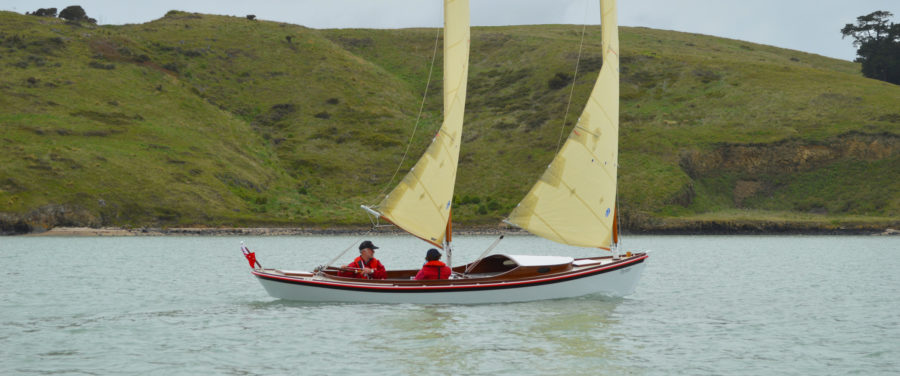
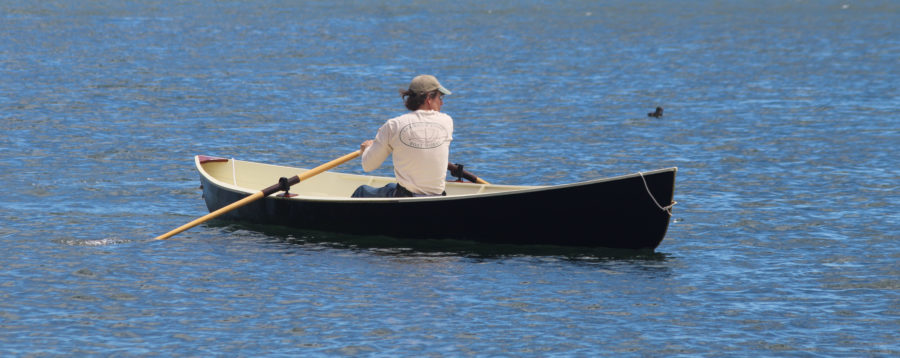

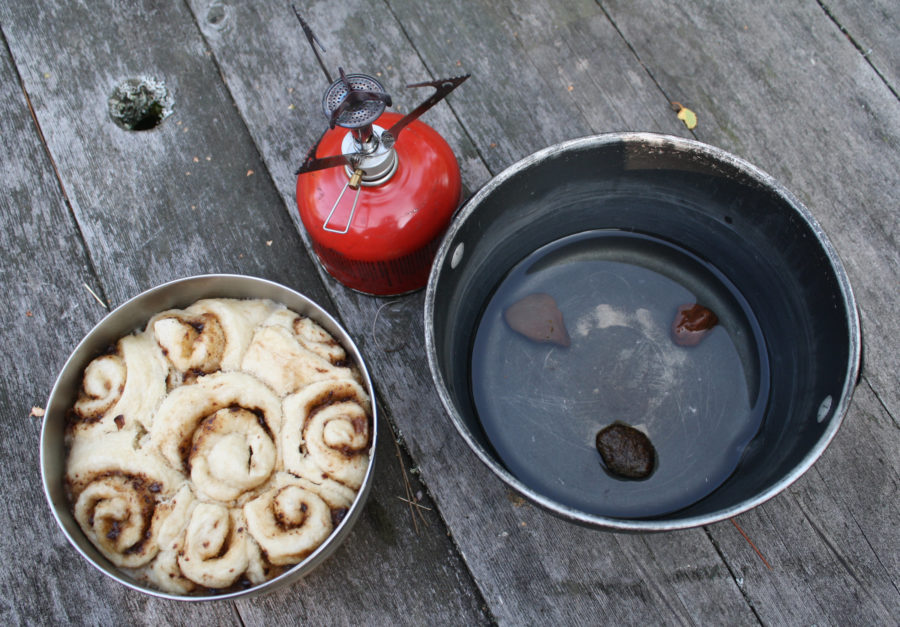
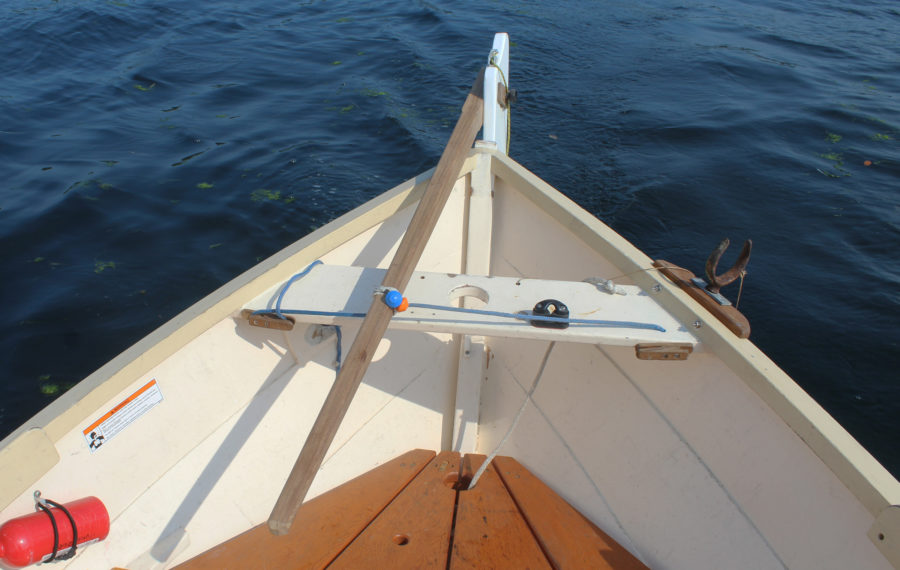
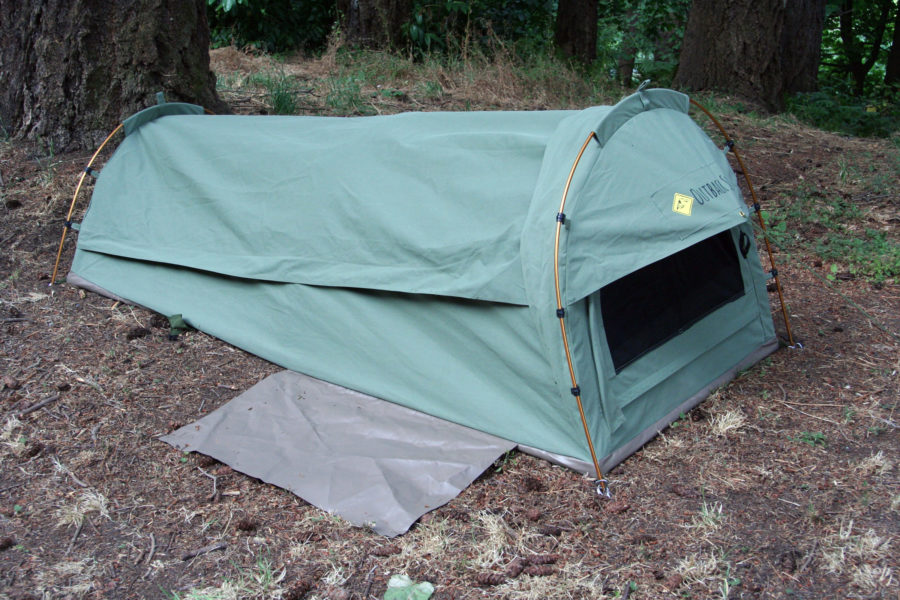
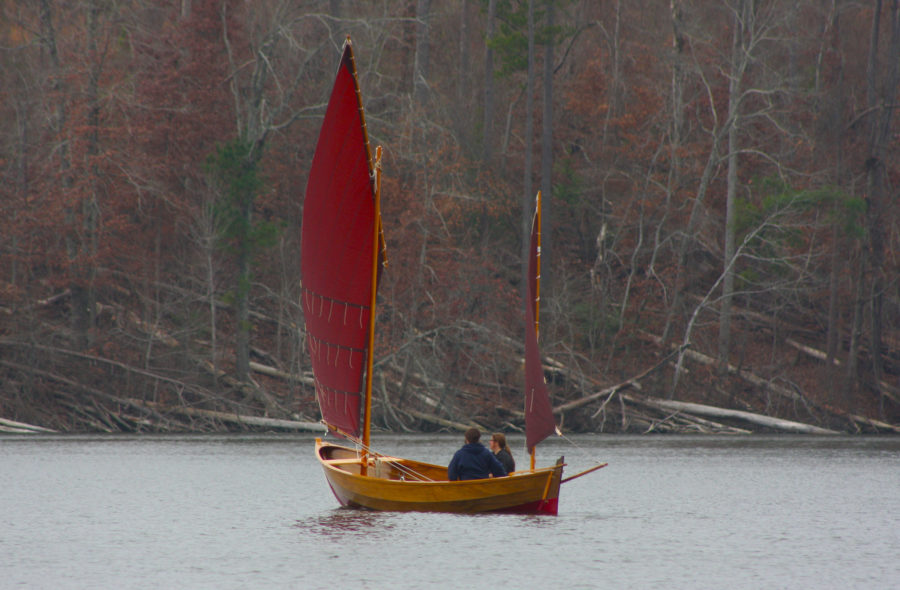

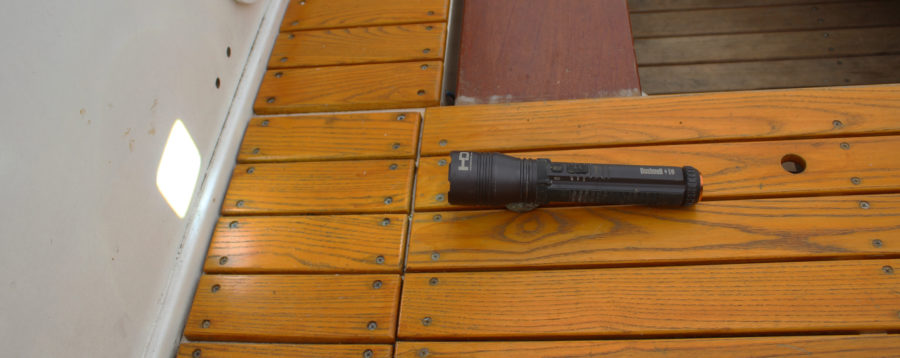
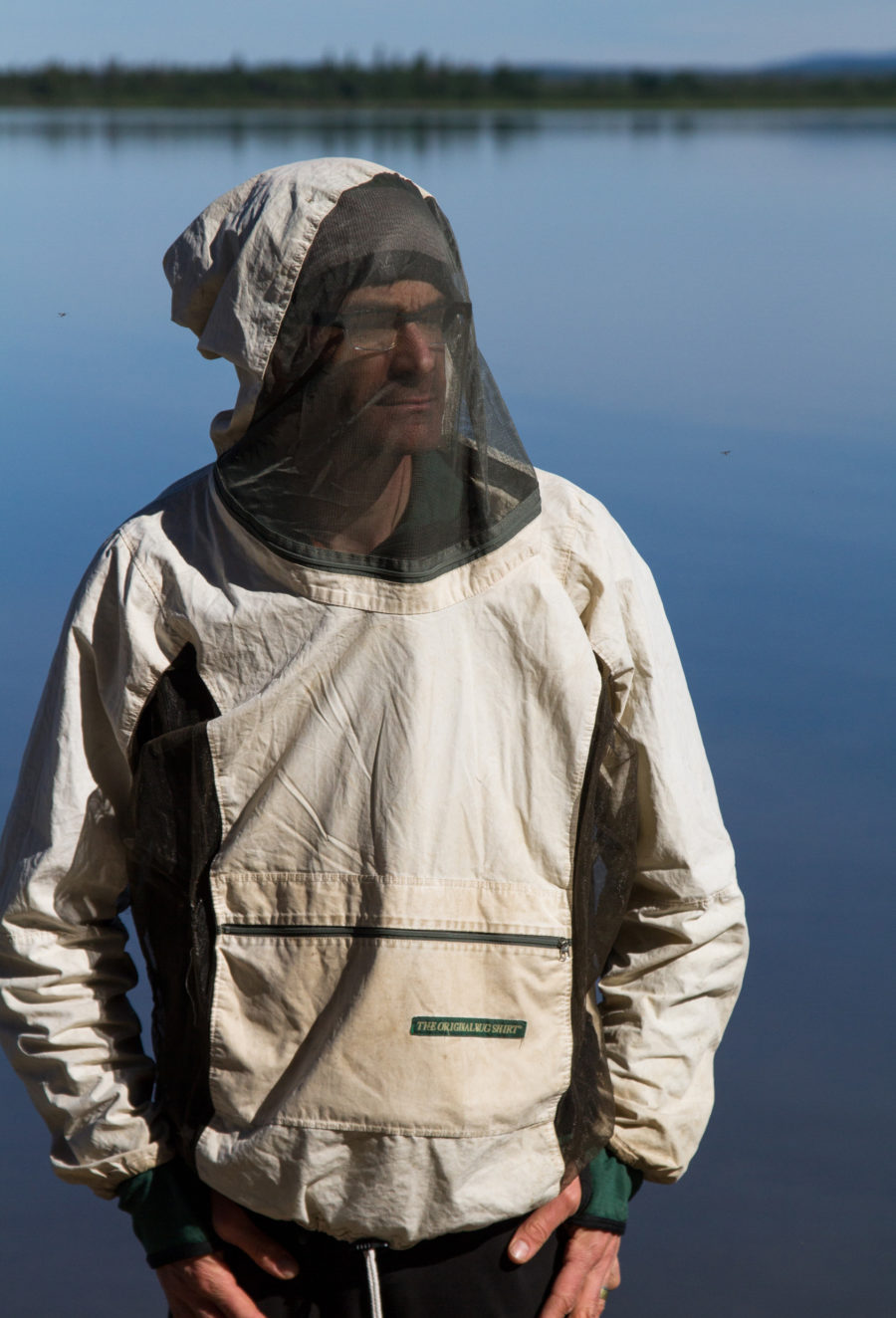
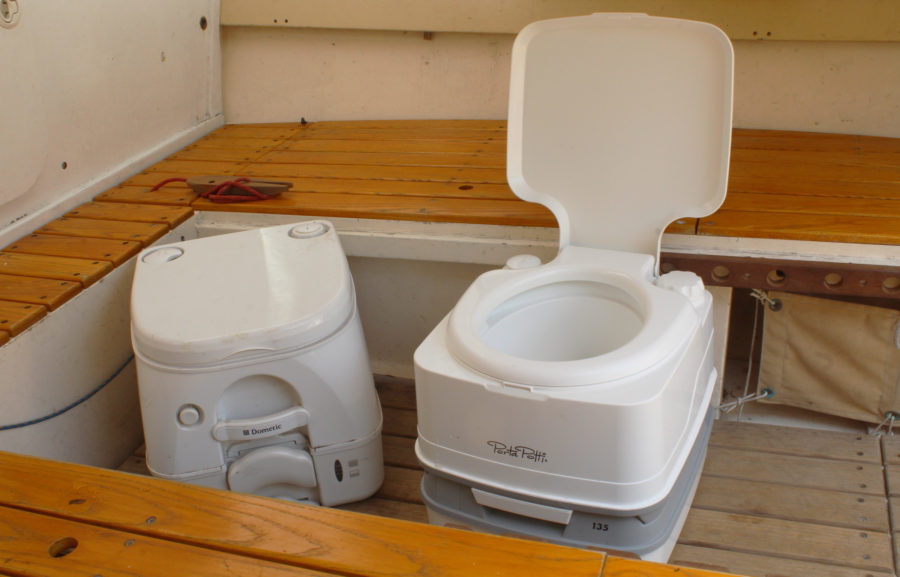
The greatest invention since sliced bread. A good quality swag will keep you bone dry in the heaviest of downpours. They are very common here in Oz. Almost every 4WD you pass on the road will have one or more strapped on the roof.
For those who’ve ever wondered what waltzing has to with the jolly swagman. “Waltzing Matilda” meant travelling on foot with your Matilda (swag) on your back.